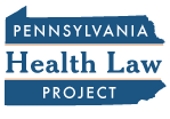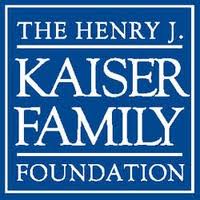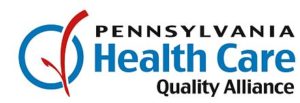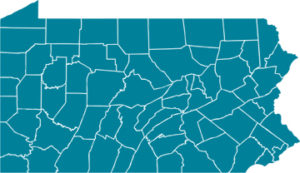CMS Demonstration to Tie Medical, Service Needs
A new federal demonstration program will attempt to help low-income Medicare and Medicaid recipients gain access to services that ultimately will improve their health.
The Accountable Health Communities project, developed by the Center for Medicare and Medicaid Innovation and launched by the Centers for Medicare & Medicaid Services (CMS), is a $157 million demonstration program that
… aims to identify and address beneficiaries’ health-related social needs in at least the following core areas:
- Housing instability and quality,
- Food insecurity,
- Utility needs,
- Interpersonal violence, and
- Transportation needs beyond medical transportation.
 The federal government intends to provide grants of up to $4.5 million to as many of 44 projects that pursue better ways to identify selected patients’ non-medical needs and connect those patients with available services in their communities. The grant funding will pay for the programs, not the services themselves, and will be evaluated to determine their impact on the health of program participants and the health care services utilization of those participants in light of the program’s central objectives of testing whether addressing the targeted needs will improve participants’ health and reduce their health care utilization.
The federal government intends to provide grants of up to $4.5 million to as many of 44 projects that pursue better ways to identify selected patients’ non-medical needs and connect those patients with available services in their communities. The grant funding will pay for the programs, not the services themselves, and will be evaluated to determine their impact on the health of program participants and the health care services utilization of those participants in light of the program’s central objectives of testing whether addressing the targeted needs will improve participants’ health and reduce their health care utilization.
For further information about the Accountable Health Community project, see this Kaiser Health News report; this CMS news release; this CMS fact sheet; and “Accountable Health Communities — Addressing Social Needs through Medicare and Medicaid,” a New England Journal of Medicine article that describes the program, its goals, and its underlying rationale.







